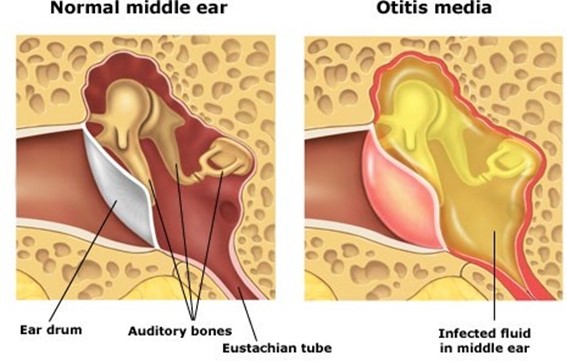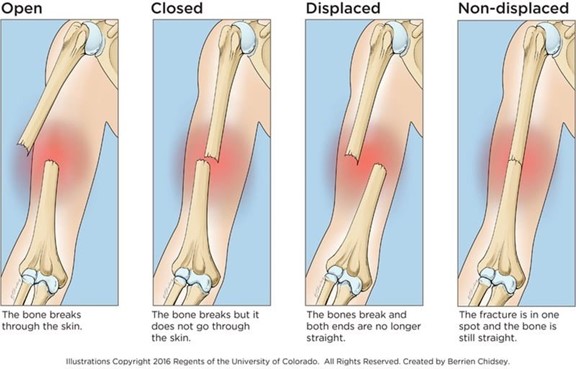A client who is in active labor is admitted with her cervix dilated to 3 cm with 50% effacement and the presenting part at 0 station. An hour later, she tells the practical nurse (PN) that she wants to go to the bathroom to empty her bladder. The nurse examines the client again and determines her vaginal exam is unchanged.
Which action should the PN implement?
Review the fetal heart rate pattern.
Assist the client up to the bathroom.
Check perineum for changes in "show" or discharge.
Obtain a straight catheter kit to empty her bladder.
The Correct Answer is B
If the client in active labor expresses a desire to empty her bladder and her vaginal exam is unchanged, the practical nurse (PN) should assist her up to the bathroom. An empty bladder can help facilitate labor progress.
Reviewing the fetal heart rate pattern (A) is important, but it is not the most appropriate action in response to the client's request to empty her bladder. Checking the perineum for changes in "show" or discharge (C) is also important, but it is not the most appropriate action in this situation. Obtaining a straight catheter kit to empty the client's bladder (D) may be necessary if she is unable to empty her bladder on her own, but assisting her up to the bathroom should be attempted first.
Nursing Test Bank
Naxlex Comprehensive Predictor Exams
Related Questions
Correct Answer is A
Explanation
Explanation: Acute otitis media is a common childhood illness that refers to an infection of the middle ear. It occurs when the Eustachian tube, which connects the middle ear to the back of the throat, becomes blocked and fluid accumulates in the middle ear. This fluid provides a breeding ground for bacteria, leading to infection and inflammation. Symptoms of acute otitis media can include ear pain, fever, irritability, and difficulty hearing. It is important for the PN to provide accurate information to the mother and to explain the treatment plan, which may include antibiotics and pain relief measures, as prescribed by the healthcare provider.

Correct Answer is B
Explanation
Repeated visits to multiple emergency departments for various injuries or complaints can be a red flag for possible child abuse. The other options may indicate other issues or concerns, but they do not provide as much reason to suspect child abuse as the history of repeated visits to different emergency departments. It is important for healthcare providers to remain vigilant for signs of child abuse and to report any suspicions to the appropriate authorities.

Whether you are a student looking to ace your exams or a practicing nurse seeking to enhance your expertise , our nursing education contents will empower you with the confidence and competence to make a difference in the lives of patients and become a respected leader in the healthcare field.
Visit Naxlex, invest in your future and unlock endless possibilities with our unparalleled nursing education contents today
Report Wrong Answer on the Current Question
Do you disagree with the answer? If yes, what is your expected answer? Explain.
Kindly be descriptive with the issue you are facing.
